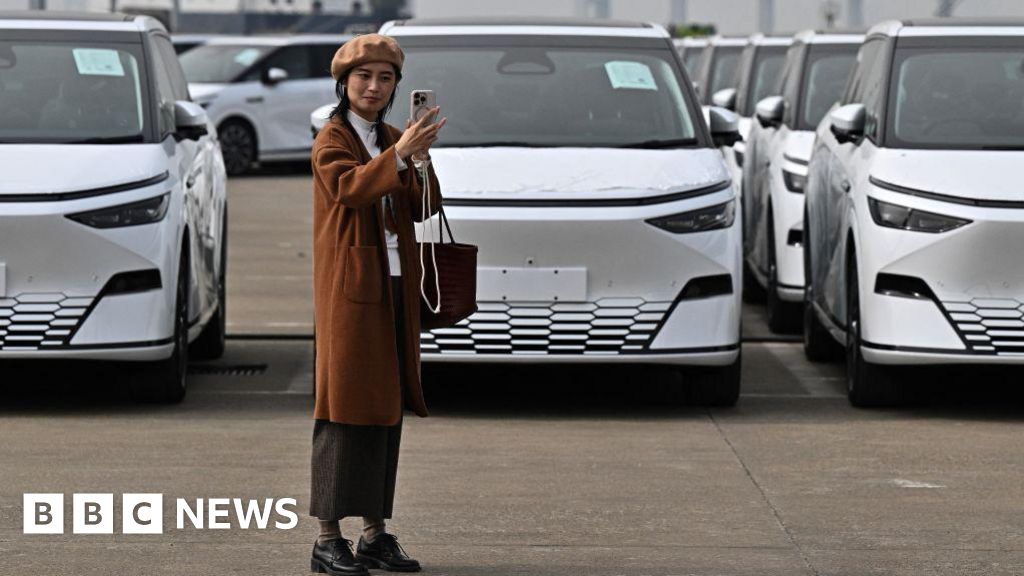Researchers Enhance AR Image Brightness with Metasurface Technology

Researchers have developed a groundbreaking optical component that promises to significantly improve the brightness and image quality of augmented reality (AR) glasses. The innovation, detailed in a study published in the journal Optical Materials Express on November 11, 2025, brings AR technology closer to mainstream usability, akin to today’s smartphones.
Nick Vamivakas, the lead researcher from the University of Rochester, highlighted the limitations of current AR headsets, noting their bulkiness, short battery life, and displays that are often difficult to see outdoors. “By creating a much more efficient input port for the display, our work could help make AR glasses much brighter and more power-efficient, moving them from being a niche gadget to something as light and comfortable as a regular pair of eyeglasses,” he stated.
The team’s novel approach involved replacing a conventional waveguide in-coupler—an essential component where images enter the glasses—with a new design that features three specialized zones crafted from metasurface materials. These metasurfaces are ultra-thin materials, intricately patterned to manipulate light in ways that traditional optics cannot achieve.
Advancements in Metasurface Technology
Vamivakas emphasized that “metasurfaces offer greater design and manufacturing flexibility than traditional optics.” By enhancing the in-coupler—often a significant source of light loss—the researchers are working towards a comprehensive redesign of the waveguide system, which includes the input and output ports along with all necessary optics for light guidance.
The innovative in-coupler was designed with metasurface patterns that effectively capture incoming light while minimizing leakage. This design preserves the integrity of the incoming light, a crucial factor for maintaining high image quality. The research builds on earlier theoretical frameworks, demonstrating that a multi-zone in-coupler yields optimal efficiency and image clarity.
The study utilized advanced fabrication techniques, including electron-beam lithography and atomic layer deposition, to create intricate, high-aspect-ratio nanostructures. Vamivakas noted, “This paper is the first to bridge the gap from that idealized theory to a practical, real-world component,” adding that an optimization process was developed to consider factors like material loss, which had not been accounted for in previous theoretical models.
Performance Testing and Future Applications
To validate their design, the researchers conducted a series of tests on each of the three zones individually and subsequently on the fully assembled device. They employed a custom-built optical setup to measure the total coupling efficiency across a horizontal field of view ranging from -10° to 10°. The results showed a strong correlation between measured and simulated efficiencies, with an average measured efficiency of 30%, closely aligning with the simulated average of 31%. The only notable deviation occurred at the edge of the field of view, where measured efficiency dropped to 17% compared to the expected 25.3%.
Currently, the team is focused on applying this new metasurface design to other components within the waveguide system. Their goal is to develop a fully integrated prototype that combines the in-coupler with a micro-display engine and an out-coupler, facilitating practical applications. To ensure commercial viability, the researchers aim to establish a robust manufacturing process that can replicate these complex nanostructures efficiently and cost-effectively.
As the technology evolves, the researchers plan to extend the system’s capabilities from a single color (green) to full-color (RGB) operation, while also refining the design to enhance fabrication tolerance and minimize efficiency drops at the field’s edge.
The implications of this research extend beyond AR glasses. Vamivakas noted that the high-efficiency, angle-selective light coupling technology could also be applicable in compact optical systems, including head-up displays for automotive and aerospace industries, as well as advanced optical sensors.
As this field progresses, the potential for AR technology to become more accessible and impactful in everyday life continues to grow.






